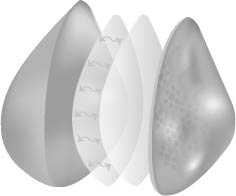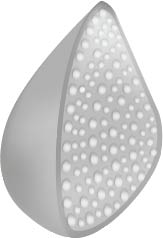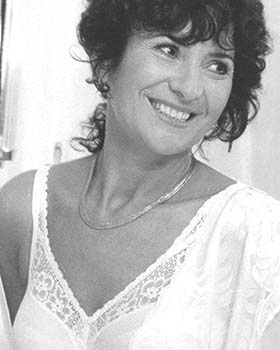- Post-OP Wear
- Scar Therapy After Breast Surgery
- CuraSupport Compression Bras
- CuraSupport Comfort Bras
- CuraScar Compression Garments
- Custom-fit breast form
- Adapt Air Breast Form
- Contact Breast Form
- Energy Breast Form
- Natura Breast Form
- Essential Breast Form
- Breast Shapers
- Leisure & Swim Breast Forms
- Breast Form Accessories











